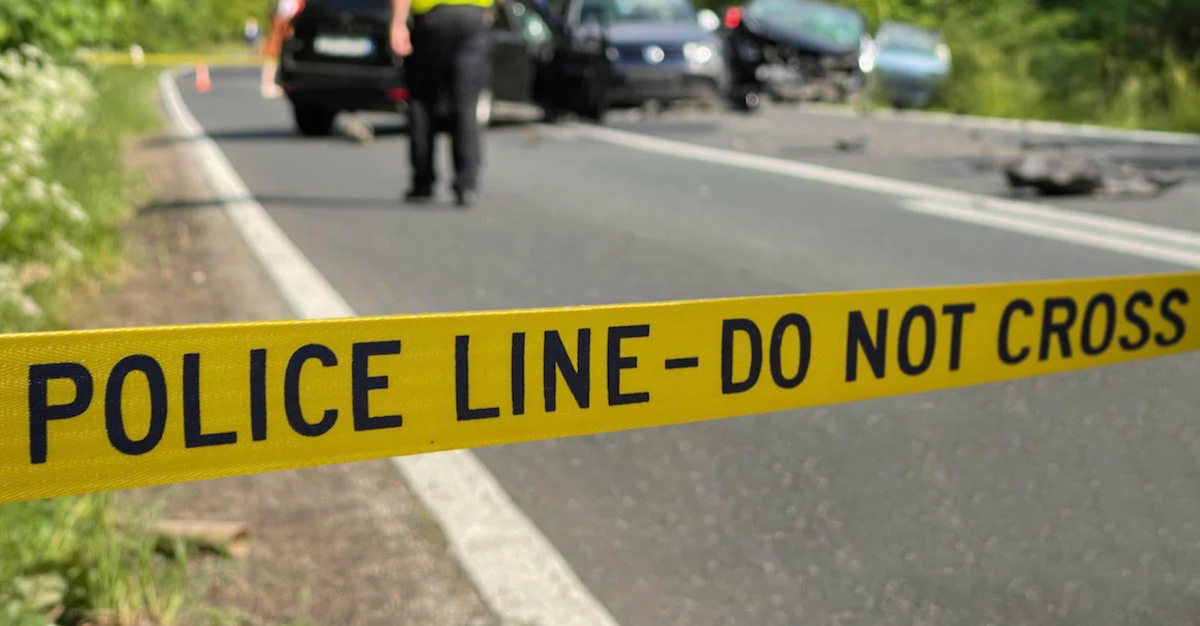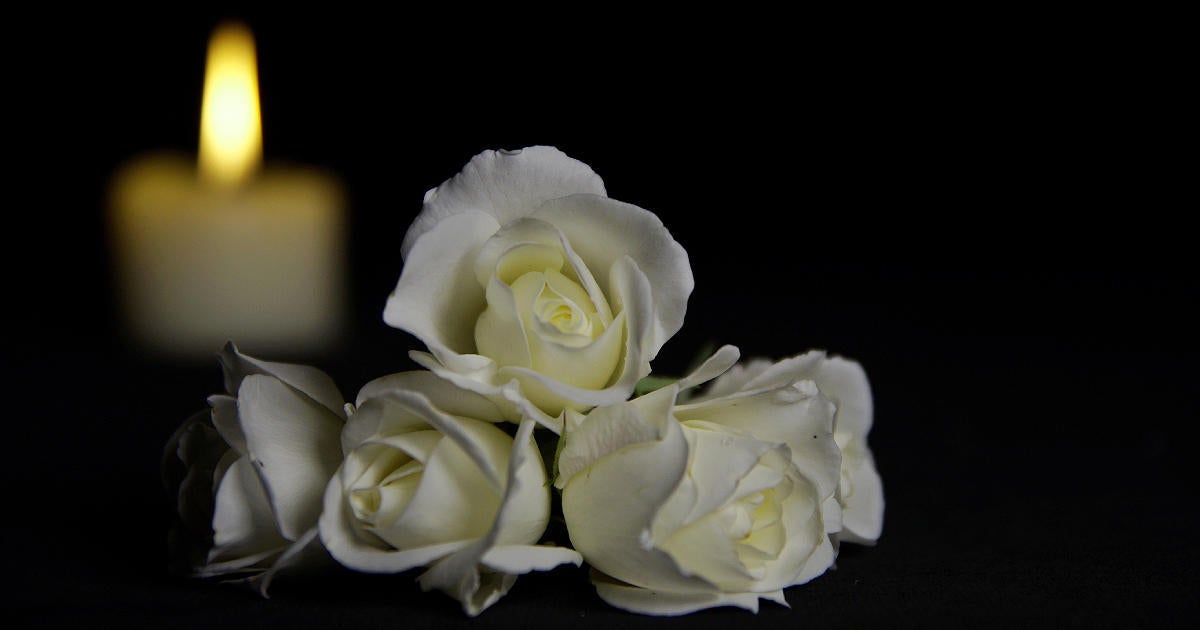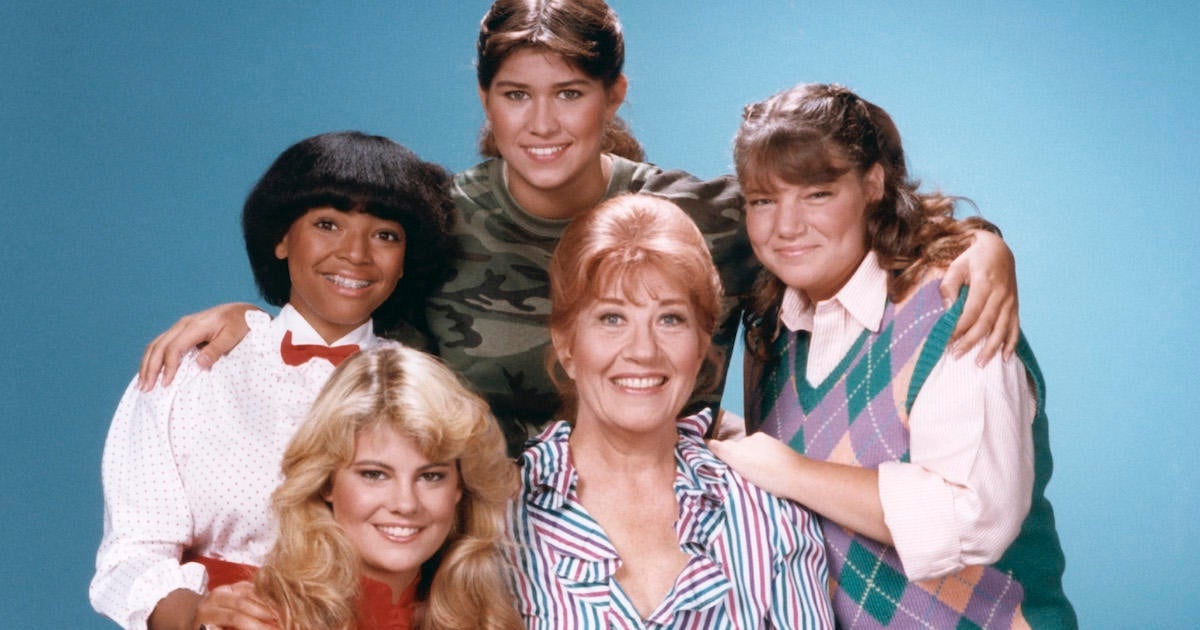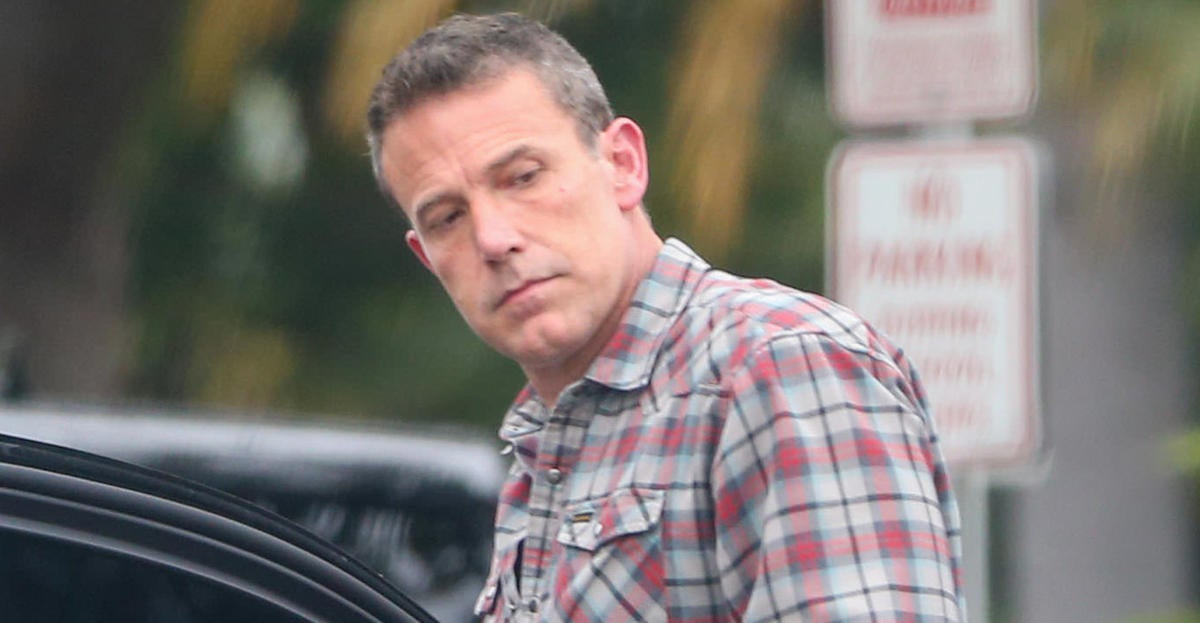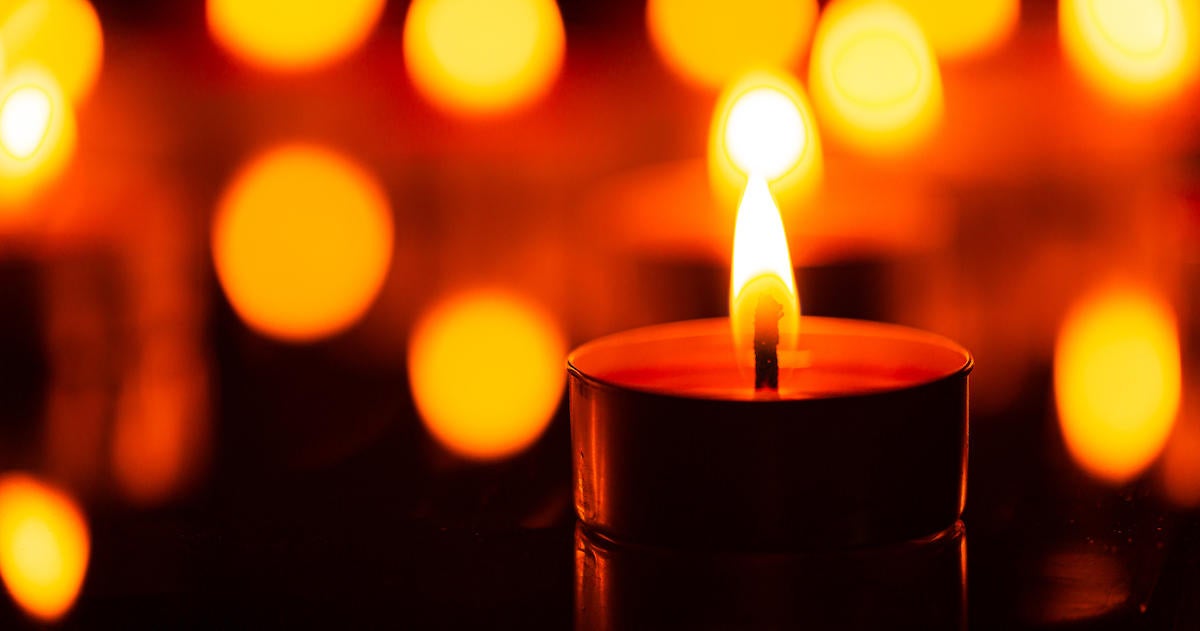Your Guide to Yoga Lingo
The world of yoga can look extremely intimidating to an outsider, and there are so many yoga terms [...]
THE ANATOMY
Crown of the head: It's exactly where someone would wear a crown (shocker). It's the topmost part of the skull. When standing or sitting up straight, always lift the crown of the head toward the ceiling.
Sacrum: This is a bone structure at the base of the spine, which includes the tailbone.
Sit Bones: Part of the pelvis, these bones are most easily felt when sitting on a hard surface. They're located toward the underside of the buttocks. This is the part of the butt yoga instructors often recommend sitting on.

Sternum: Also known as the breastbone, this is the bone that runs vertically down the center of the chest. An instructor may direct the class to reach their sternums forward, upward, etc.
THE CATCHPHRASES
Asanas: Sanskrit for "manner of sitting," an asana is any yoga posture or pose.
Ashram: A destination for a yoga retreat. Ashrams offer yoga workshops, seminars and events.
>> Travel: Do the words "yoga retreat" catch your fancy? Check out our Destination Fitness series.
Block: Usually made of foam or cork, yoga blocks provide extra support for the body in more difficult yoga positions.
Chakra: Energy centers throughout the body. We each have seven chakras: the "base" chakra, sacral chakra, solar plexus chakra, heart chakra, throat chakra, brow (aka "third eye") chakra, and crown chakra.
Fire breathing: A pranayama technique used during Kundalini, Breath of Fire involves rapid breathing that engages the diaphragm.
Jnana Mudra: The hand position often adopted when meditating. The tips of the forefinger and thumb come together (as if saying "Ok"). Rest the hands with palms facing upward.
Karma: An Eastern concept of cause and effect. The belief is that karma is not a punishment for actions, it is simply the result.
Mantra: A few words or syllables to repeat while meditating. It should inspire, but not distract, the mind.
Namaste: Generally, a greeting, but in yoga, it is meant to be a greeting of another's soul.
Om: Nope, not just a stereotype. This slow, steady sound is a mantra, and is illustrated below.
Pranayama: Controlled breathing or breathing techniques used during yoga.
Sanskrit: An ancient language of India and Hinduism.
Sun Salutation: A sequence of asanas: mountain pose, standing forward bend, lunge, plank pose, chatarunga, upward-facing dog, downward-facing dog.
Vinyasa: Any flowing sequence of poses. Examples include cat-cow and sun salutations.
THE POSES: FORWARD BENDS
Downward-Facing Dog:

Hands shoulder-width apart, placed firmly on the mat. Feet hip-distance apart, weight evenly distributed between hands and feet, with heels pushing toward the floor. Click here for more info.
Happy Baby:

Lying on back, bring knees toward the chest. Grasp knees and spread legs hips-width apart.
Standing Forward Bend:

From mountain pose, bend from the hips, reaching for the floor. Try to keep knees straight while bringing hands to shins or the floor.
Three-Legged Dog:

From downward dog, lift one leg up and back, keeping the knee straight and the raised foot flexed. Also known as down-dog split.
Triangle:

From Warrior II, straighten both legs, shift the hip back and the torso toward the front leg, reaching toward the ankle with the front arm, trying to keep the body rotated to the side of the back leg. Reach upward with the back arm and keep gaze down at the front foot or back at the upper arm.
Straddling Forward Bend:

With feet wide apart (depends on flexibility, but wider than shoulder width), outsides of the feet parallel, bend forward at the hips, resting hands on the floor or a block, and (if possible) bringing the crown of the head to the floor. This can also be a preparation for a headstand.
THE POSES: INVERSIONS
Handstand: For this inversion of mountain pose, start in downward dog with hands a few inches from a wall. Bring one foot closer to the hands and hop with the back foot until comfortable hopping all the way up to the handstand, supported by the wall.

Plow:

Lay on the back, keeping legs straight. Flip legs overhead so the toes touch the ground behind the head. The body should be supported by the shoulders, arms at sides.
Supported Headstand:

From kneeling, interlock the fingers and place forearms on the floor, elbows shoulder distance apart. Set the crown of the head on the floor between the hands, stand and walk the feet toward the head. Eventually, lift the feet from the floor, supporting through the arms, not the head and neck.
Supported Shoulder Stand:

Lay on the floor, with arms at sides, knees bent with the soles of the feet on the floor. Contract the core muscles to pull the knees in toward the chest, and then continue to lift the pelvis and back. With upper arms on the floor and palms supporting the lower back, straighten the legs upward.
THE POSES: RESTORATIVE
Child's Pose:

(Photo: FitSugar)
Kneel on the mat with big toes touching, knees hip width apart. Bring the upper body forward to rest on the thighs, bending at the hips. Arms can be left at the sides or extended all the way forward on the mat. If buttocks does not reach heals, place a blanket or pillow in the void.
Corpse (savasana):
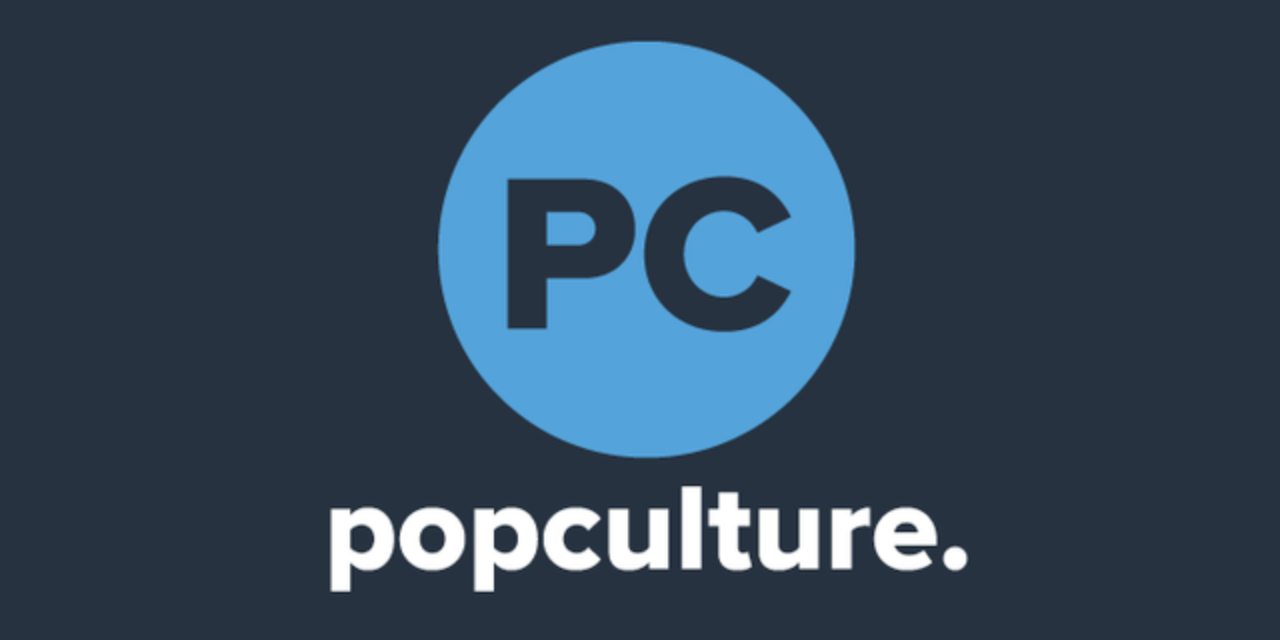
A relaxation pose, savasana is typically reserved for the end of the practice. Lay on the back, arms comfortable resting at side, palms facing up. Feet and legs gently turned outward.
Crocodile:

(Photo: Yoga International)
Lay face down on the floor with legs slightly spread, toes turned outward. Stack forearms and rest forehead on arms.
Easy:

Resting on the sit bones, cross legs, bringing the tops of the feet to the floor and stretching knees downward. For a modification, sit on a block. Alternate the crossing of the legs each time the pose is taken.
Reclined Hero:

Kneel with knees together and feet spread slightly wider than hips. Sit back on the calves, back tall.
THE METHODS
Anti-gravity or aerial:
This yoga method is a blend of the aerial arts and yoga. A fabric trapeze is used to bear some or all of your body weight, allowing you to focus on posture and relaxation. This method might be one of the most fun ones out there, and is beginner-friendly.
Anusara:
Perfect for beginners or out-of-shape practitioners, anusara focuses on mood enhancement and injury prevention.

Ashtanga:
A more athletic method, ashtanga is a traditional practice that focuses on progressive pose sequences tied to breathing. The Primary Series (which is 75 poses) takes about 90 minutes to complete, and focuses on spinal alignment, detoxification of the body, strength building and flexibility.
Bikram:
Bikram yoga is a series of 26 basic postures repeated twice each in a studio that is heated to 105 degrees Fahrenheit. Bikram yoga inspired the hot yoga craze currently taking over the fitness world.
Hatha:
Most modern forms of yoga fall under this branch, a basic and classic approach to yoga that pairs breathing exercises and postures.
Integral:
This yoga method aims to make yoga an integral part of your everyday life. Classes include asanas, breathing techniques, mantras and meditation.
Integrative:
Originally designed for medical settings, the integral yoga method is used for patients with heart disease to patients with AIDS to patients with psychiatric disorders.
Iyengar:
In Iyengar yoga, you will hold poses for longer than other yoga poses, allowing you to feel each muscle's role in the pose.
Jivamukti:
If you're looking for an authentic spiritual experience, this method is for you. Each class has a theme and can even involve chanting and scripture readings.
Power yoga:
With more of an athletic edge, power yoga is done in a heated room with no set progression of asanas, which means it will vary depending on the teacher's style.
Prenatal:
For mommies-to-be and even new mamas, prenatal yoga focuses on yogic breathing and muscle strengthening. It's almost like the new, trendy version of Lamaze. Some even say it it can ease and speed up delivery.

Restorative:
A very important part of yoga is relaxation, and this especially comes in handy for busy and stressed moms. This deals with easy, standard asanas held for a long amount of time to help you unwind and relax.
» Read more: 6 Best Yoga Poses to Relieve Stress
Sivananda:
This slow-paced, spiritual yoga method incorporates sun salutations and the same twelve asanas in each class.
Vinyasa:
This is a wide category that includes yoga methods like Ashtanga, Power Yoga and Jivamukti. A Vinyasa class will generally be rhythmic and flowing.
Yin:
Another slow-paced method, Yin Yoga also focuses on meditation. Its goal is to lengthen connective tissue while giving your muscles a break. It's typically done as a complement for strength-based classes.
Sources: Women's Health, Yoga Journal, Greatist.
THE POSES: Seated and Twists
Bound Angle or Cobbler's:
Sit tall on the sit bones, bend knees, and bring soles of the feet together. Grab the feet or ankles and lengthen the back, lifting the crown of the head to the ceiling. To modify, sit on top of a block, lessening strain on hips and groin.
Cow Face:
Sit with knees bent, soles of the feet on the floor. Slide one foot under the opposite knee, and bring the top knee down to rest atop the bottom knee so that knees are stacked, facing forward. Raise the arm on the side of the bottom leg, turn and bend it until it is touching the upper back. Extend the opposite arm, turn and bend it to reach back for the other hand, clasping them together, if possible.
Lotus:
Similar to easy pose, but with feet resting on top of the thighs, rather than on the floor.

Pigeon:

From downward dog, bend one leg in to the chest, bring between the arms and place on the mat with foot pointing to opposite side. Keep opposite leg extended straight behind. Bring the hands to either side of the hips, lengthening the back. To deepen the pose, lean the torso forward over the bent leg and reach arms straight forward.
Staff:
Sitting on the buttocks, legs extended directly in front, hands rest on the floor next to the hips to help lengthen the back.
Seated Spinal Twist:
From Staff Pose, bend the right knee to draw the right heel toward the left seat. Cross and step the left foot to the outside of the right knee. Place the left hand a few inches behind the sacrum for support, and twist to the left using the right hand or elbow against the left knee for resistance.
THE POSES: Standing
Chair:

Stand up straight with feet together. Bend the knees slightly, bringing buttocks toward the ground as if sitting in a chair, but keeping the knees together and aligned. Raise arms straight up next to the ears.
Dancing Shiva or Lord of the Dance:
From standing, transfer weight to the right foot and bring the left heel to the buttocks. Reach back with the left hand, grasping the inside of the left foot. Lift the left thigh by kicking the foot back into the hand. Once balanced, raise the right arm straight overhead.

Eagle:
From standing, bend knees slightly and cross one thigh over the other, transferring all weight to the standing leg. Wrap the crossed leg around the standing leg, hooking the foot around the calf (or getting as close as possible). Extend arms straight forward and cross one over the other. Bend elbows, so the elbow on one arm is tucked inside the other. Turn palms inward and grasp hands.
Half Moon:
Similar to Warrior II, but with the body rotated to face the side of the supporting leg. Reach arm on the supporting leg's side towards the floor for support, while reaching the opposite arm up towards the ceiling. Bring gaze towards raised hand.
Lizard:
From a lunge position, turn front foot to a 45 degree angle and bring forearms to the floor inside the front leg.
Mountain:

Stand tall with big toes touching but heels slightly apart (so that the outsides of the feet are parallel). Root through the entire foot and rest the arms at the sides. Reach the crown of the head toward the ceiling, lengthening the spine.
Reverse Warrior (Crescent Moon):
From Warrior II, stretch the back arm and lean torso back until the back hand reaches the back leg. Turn the palm upward, reaching the front arm overhead with the palm facing the back of the room and the fingers pointing up.

Tree:
From mountain pose, bring the sole of one foot up to the inner thigh or calf of the other leg (never on the knee joint!). Raise the arms up and open slightly, palms facing each other or fingers in Jnana Mudra. If possible, look upward.
Warrior I:
From a lunge position, turn the heel of the back foot down to reach the floor. Keep torso and hips facing front and reach arms straight upward alongside each ear, lifting the chest toward the ceiling.
Warrior II:
With feet in the same position as Warrior I, open the torso to the side of the back leg. Extend arms straight out to the front and back, palms facing down. Look forward over the front arm.
Warrior III:
From Warrior I, lift the back leg and lean the upper body forward, creating a straight line supported by one leg. Reach forward with both arms. Arms, hips, and raised leg should be parallel to the floor.
THE POSES: ARM BALANCES
Crow:
From standing, turn toes outward, heels touching. Bend knees until buttocks rest on heels. Lean upper body forward, placing forearms on the floor, knees against shoulders or upper arms. Shift weight forward onto hands, lifting forearms from the floor, and lift the buttocks with knees supported by upper arms. In full crow, feet come all the way off the floor.
Eight-Angle Pose:

From standing forward, bend wrap the right arm inside and around the right leg, placing the hand on the floor outside the right foot. Work the right shoulder behind the knee, then cross the left ankle in front of the right. Slowly lift both feet to the right, supporting the weight on both palms.
Firefly:
Similar to crow pose, but with arms straightened and legs extended to each side.
Scale Pose:
Start in lotus pose and place both palms on the floor next to the hips. Contract abdominal muscles and lift the buttocks from the floor. To increase the lift, add a block under each hand.
THE POSES: CORE
Boat:

Balancing on the sit bones, the back and legs rise from the mat, creating a "V" shape with the body. The back is straight (not rounded or arched) and legs begin bent at the knee with shins parallel to the floor (half boat pose), then straighten the legs to reach full boat pose.
Bow:
Lay on the stomach, arms at sides. Bend the knees reaching the heels toward the buttocks. Reach back with the hands to grasp ankles, and use the core muscles to lift the chest and legs off the mat, balancing on the hip bones.
Cat-Cow:
Technically two separate poses, cat-cow refers to a linked movement. Begin on hands and knees with spine neutral. Arch the back, bringing the chest forward and up and then reverse, pulling chest and stomach inward while rounding the back.

Dolphin:

Begin on hands and knees and then lower to forearms. Curl toes under and lift the hips. This pose resembles downward dog, but with weight on feet and forearms rather than hands.
Four-Limbed Staff Pose:
From plank pose, lower the body until only a few inches from the floor. Keep elbows pulled in toward the ribs.
Locust:
Laying on stomach with arms at sides, lift chest and legs from the floor, reaching back with arms.
Plank:
The body is supported on toes and hands, with arms unbent and positioned directly under the shoulders — as if in a push-up position. Click here for more details.
Side Plank:
From plank position, turn toes to the left, stacking left foot on top of right, and lift left arm from the mat, reaching toward the ceiling. Maintain the straight line of the body, simply rotate to one side. Click here for more details.
THE POSES: BACKBENDS
Bridge:
Lying with back on the mat and arms at sides, bend knees bringing the soles of the feet to the mat. Move heels towards buttocks until the finger tips can reach them. Rolling onto the outer shoulder blades, lift hips from the mat until they create a straight diagonal line from knees to shoulders. For supported bridge, place a block under the sacrum resting weight on the block for a restorative posture.

Camel:
From a kneeling position, rise so that thighs are perpendicular to the floor. Slowly arch the back, raising the chest to the ceiling and bring the hands behind you to rest on the ankles or heels. Try to push the chest up and out.
Cobra:
Lay face-down on the mat, palms on the mat alongside the ribs. Lift the chest off the mat, bringing the gaze forward or slightly upward, rooting through thighs and the tops of the feet.
Upward-Facing Dog:
Similar to cobra pose, but with arms fully straightened, and the entire body lifted from the mat, supported only on the hands and tops of the feet.
Wheel:
From bridge, place hands on the floor behind the shoulders, with the fingers pointed toward the feet and elbows pointed straight up. Lift entire body from the floor, supported by hands and feet.

